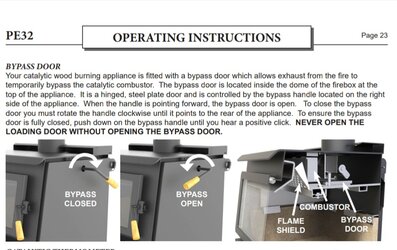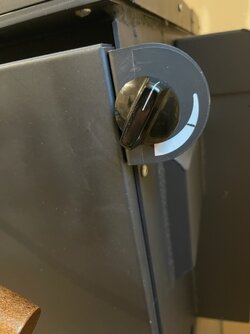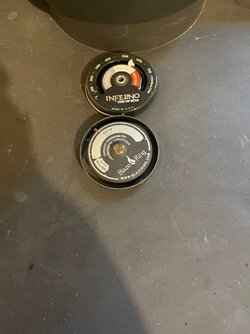Well, this comment got me concerned, so I looked around a little more on these forums and saw some comment that it should be a distinct locking action. It took more force than I would have ever felt good using had I not known it was supposed to lock, but it did cam down into the 4 o'clock position. A few subsequent flips off and on and the force required seems much more reasonable to cam into that locked position.If there is a distinct 'locking' action right at the end, it isn't doing that. With the bypass engaged, the lever sits at around 8 o'clock, as I close the bypass it moves smoothly and I can hear/feel the mechanism, but the bypass cover and the lever just come to a stop when they get to exactly 3 o'clock, there is no final thud/clunk/locking feeling. The lever cannot move down past 3 o'clock, but it does have free play back up to around 1 or 2 o'clock before I can feel it start to lift the plate when I'm opening the bypass back up.
I feel like a bit of a dunce, but I'd also add that both the manual and the dealer just mentioned rotating the lever forward, and nothing about having to force it down into a locked position.




